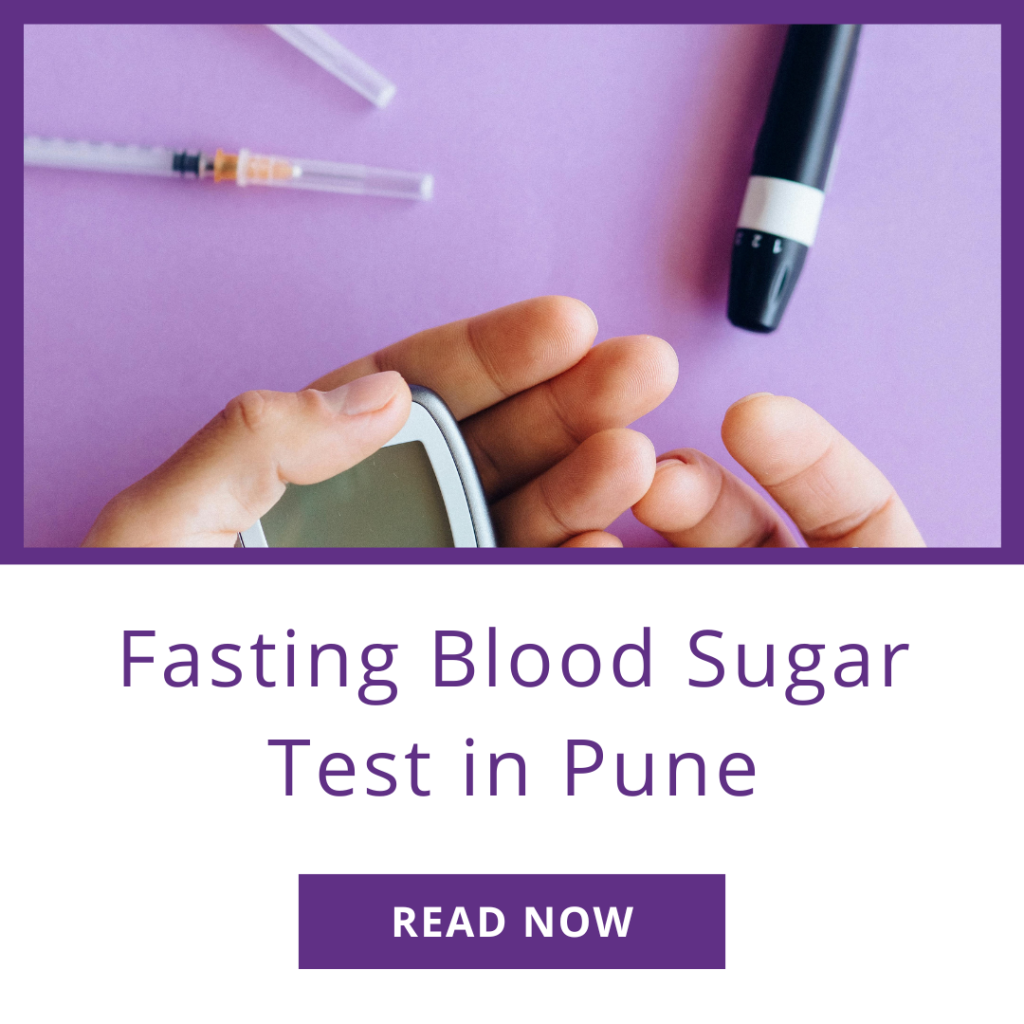
For decades, the finger prick has been the cornerstone of diabetes management, allowing individuals to monitor their blood sugar levels and adjust insulin doses accordingly. However, the repetitive nature of this method, coupled with the discomfort it often brings, has spurred the development of innovative technologies that aim to revolutionize diabetes blood testing.
The Evolution of Blood Glucose Monitoring:
Traditional glucose meters have served their purpose well, but advancements in technology offer exciting alternatives with enhanced convenience and accuracy. Here’s a glimpse into the evolving landscape of blood glucose monitoring:
Continuous Glucose Monitoring (CGM):
CGM systems have revolutionized diabetes management by providing continuous real-time glucose readings throughout the day and night. A tiny sensor inserted under the skin measures glucose levels in the interstitial fluid, transmitting data wirelessly to a receiver or smartphone app. CGM offers several benefits:
Trend data: It reveals patterns and fluctuations in blood sugar levels, helping individuals identify triggers and adjust treatment plans accordingly.
Alerts and alarms: CGM systems can alert users to potentially dangerous high or low blood sugar levels, allowing for timely intervention.
Reduced finger pricks: While some CGM systems require occasional finger prick calibrations, they significantly reduce the frequency compared to traditional methods.
Flash Glucose Monitoring:
Similar to CGM, flash glucose monitoring utilizes a sensor placed under the skin. However, instead of continuous data transmission, users scan the sensor with a reader device to obtain their glucose reading. This method offers a balance between convenience and affordability.
Non-invasive Glucose Monitoring:
Researchers are actively pursuing non-invasive technologies that eliminate the need for skin punctures altogether. Some promising approaches include:
Optical sensors: These devices use light to measure glucose levels through the skin.
Electrochemical sensors: These sensors measure glucose levels in sweat or saliva.
Bioimpedance spectroscopy: This method measures changes in electrical conductivity of tissues, which correlates with glucose levels.
A.G Diagnostics and Diabetes Management:
While these new technologies offer exciting possibilities, traditional blood glucose testing remains relevant, especially for individuals who require absolute accuracy or those who may not have access to newer methods. A.G Diagnostics, a leading diagnostic center, provides a comprehensive range of diabetes blood tests, including “Fasting blood sugar test in Pune” and “Diabetes blood test in Lonavala”.
Choosing the Right Technology:
The ideal blood glucose monitoring method varies depending on individual needs and preferences. Factors to consider include:
Cost: CGM systems tend to be more expensive than traditional methods.
Lifestyle: Individuals with active lifestyles may prefer the convenience of CGM or flash glucose monitoring.
Diabetes type and severity: Individuals with type 1 diabetes or those prone to hypoglycemia may benefit more from CGM’s real-time data and alerts.
The Future of Diabetes Blood Testing:
The future of diabetes blood testing is undoubtedly exciting, with ongoing research and development focusing on:
Improved accuracy and reliability of non-invasive technologies.
Integration of CGM data with insulin pumps to create closed-loop systems that automatically adjust insulin delivery.
Development of artificial intelligence algorithms to personalize diabetes management based on individual data.
Empowering Individuals with Diabetes:
Advancements in blood glucose monitoring technology are empowering individuals with diabetes to take control of their health like never before. By providing real-time insights and reducing the burden of finger pricks, these technologies offer greater convenience, improved glucose control, and ultimately, a better quality of life.
Leave a comment